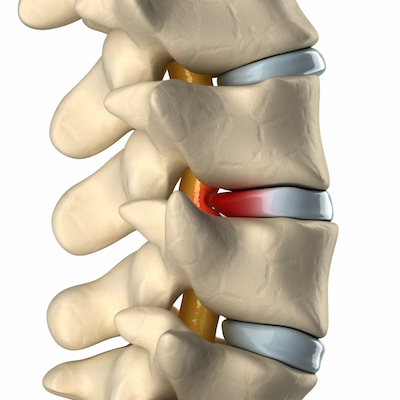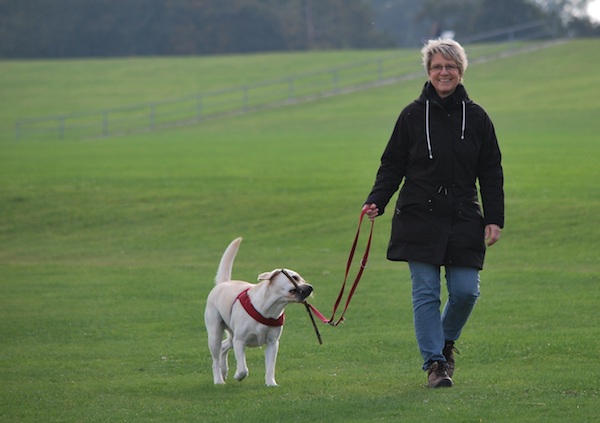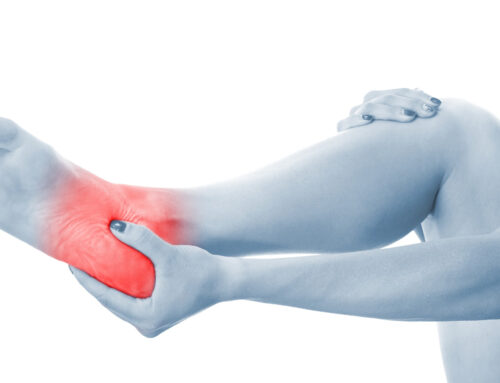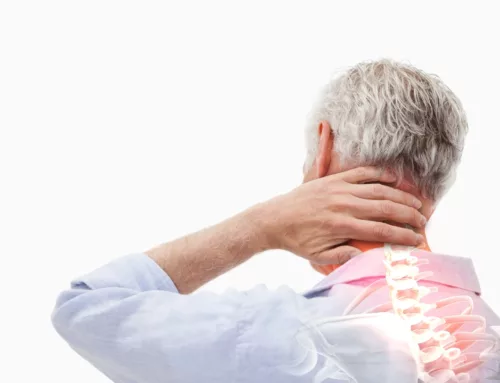Do You Have a Hip Flexor Strain?
If you have ever experienced a hip strain, you know how absolute the pain is and how it can affect your walking ability. The cause is often one of a few things, but if you have reached out to us to manage the pain, you have already made the correct first step! Hip strain is something we commonly see in the clinic. I’ll share with you what makes up the hip flexors, what can cause pain, and how it is frequently treated.
What Are The ‘Hip Flexors’?
 The hip flexors are the muscles that attach to the front of the hip and are responsible for bringing the knee up toward the chest. One of these muscles originates in the lower spine area and attaches to the thigh bone. The other smaller muscles stretch around the same location, wrapping from the front to the back of the hip area. When you have pain, it could be any of the muscles in the area causing it, mainly because they all work together to support the hip’s movement. If you can locate the bony part in front of your pelvis just under your belt and move your hand down a few inches, you can press and feel whether your hip flexors are causing your pain. This part of your hip will feel tender.
The hip flexors are the muscles that attach to the front of the hip and are responsible for bringing the knee up toward the chest. One of these muscles originates in the lower spine area and attaches to the thigh bone. The other smaller muscles stretch around the same location, wrapping from the front to the back of the hip area. When you have pain, it could be any of the muscles in the area causing it, mainly because they all work together to support the hip’s movement. If you can locate the bony part in front of your pelvis just under your belt and move your hand down a few inches, you can press and feel whether your hip flexors are causing your pain. This part of your hip will feel tender.
What is Causing the Pain?
The first thing I will do is determine whether your pain results from a strain or if it is tight hip flexors. Both conditions cause pain, but a strain will cause discomfort after exertion. This is common in soccer or football players. Strains are more commonly found in athletes involved in repetitive motions, like long-distance runners or those who play other sports involving long-running bouts.
Having very tight hip flexors is common in athletes but can also be a problem for sedentary people. The person who sits all day at work can suffer pain from tight hip flexors because the lack of everyday use can cause them to become tight and will even shorten the muscles. The lack of motion becomes a problem when you need them to work! It’s common for tight hip flexors to cause pain in the lower back and the hips. Additionally, weak abdominal muscles can stress the hip flexors, causing pain and tightness.
How Will I Treat Hip Flexor Pain?
Again, once I will determine whether it is a strain – I must determine how severe it is. A period of rest is required in more severe cases to reduce inflammation. If it is a mild strain, I can commonly use the same method as I do with tight hip flexors. I will work on the hip to create a dynamic stretch in the hip flexors. Depending on what I find, a variety of therapy treatments can soften the muscle and break up scar tissue. Once the inflammation is addressed, I will provide some light stretches to improve mobility and reduce the recurrence of pain.
Stretches Will Help
Some popular stretches are the glute bridge stretch, the kneeling hip flexor stretch, and the supine hip flexor stretch. It’s essential to have me show you how to do these stretches safely and effectively to avoid further injury.
If needed, I will recommend physiotherapy and massage therapy.
I hope this information has been helpful; happy stretching!
Degenerative Disc Disease and Chiropractic
You’ve had pain that becomes worse when you are lifting, bending or twisting, you feel better while running, walking or even standing, and you feel better when you change positions or when you lay down? Would you describe this as bouts of moderate to severe pain that comes and goes?
This sounds a lot like degenerative disc disease.
Can a Chiropractor Help?
 Reaching out to us is an excellent addition to your existing health care team. As a disc degenerates it becomes supplied with more nerves. And well, with more nerves, the more pain you will experience. As a chiropractor, I know how to work with these irritated nerves to naturally help to reduce the amount of pain you are experiencing.
Reaching out to us is an excellent addition to your existing health care team. As a disc degenerates it becomes supplied with more nerves. And well, with more nerves, the more pain you will experience. As a chiropractor, I know how to work with these irritated nerves to naturally help to reduce the amount of pain you are experiencing.
Ultimately, my goal is to treat the degenerating discs by improving the joint mechanics and motion while reducing the irritation and inflammation. Where advanced degenerative disc disease is present, this is not always possible.
What Does Treatment Look Like?
Stimulating the circulation in the compromised disc relieves the nerves, and the addition of proper nutrients and clear forms of movement will help to stimulate the regeneration of the discs.
Spinal adjustments are the primary solution when it comes to disc degeneration.
I will Develop a Care Plan
Whichever care plan is right for you will be discussed when you visit my office. For some, it is one method, for others it is a combination of methods that will help to achieve the desired results and pain relief.
The chronic pain associated with degenerative disc disease will eventually alter the way you live. The constant anticipation of when it will flare up again, mixed with the lifestyle changes that will be made as a result of pain can all be avoided with consistent and proactive chiropractic care.
Ultimately, there is no cure for degenerative disc disease. But with adequate medical and chiropractic care, nutrition, and careful movement – regeneration of the affected discs can begin. Living with chronic pain is no way to live, and your decision to see myself to treat your degenerative disc disease will be your first step towards relieving this pain and preventing it from taking over the way you live.
It’s never too late to begin a new treatment plan, so go ahead and contact my office to schedule an assessment.






